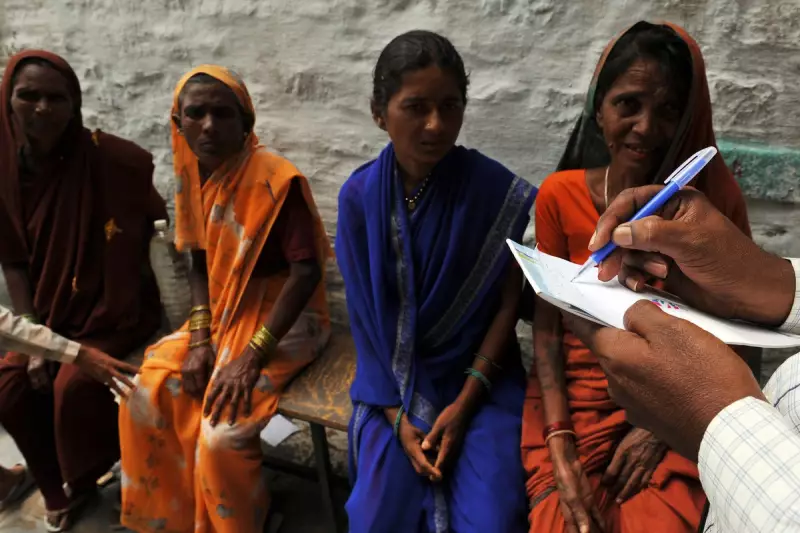
Indian pharmaceutical regulators have launched an urgent investigation after seizing approximately 50,000 bottles of potentially lethal cough syrup from a factory in Madhya Pradesh. The action comes following the tragic deaths of at least six children who consumed the medication.
Deadly Contamination Discovered
Laboratory analysis has revealed alarming levels of contamination in the Coldrif cough syrup. Tests conducted by both state and federal agencies detected dangerously high concentrations of diethylene glycol (DEG) and ethylene glycol (EG) - toxic substances commonly used in industrial applications that can prove fatal when ingested.
Factory Raid and Immediate Action
Drug control authorities conducted a raid on the manufacturing facility operated by Riemann Pharma in Indore, where they confiscated the entire batch of suspect syrup. "We have taken immediate action and suspended the manufacturing license," confirmed Madhya Pradesh's Food and Drugs Administration commissioner.
Growing International Scrutiny
This incident marks the latest in a series of quality control crises affecting India's massive pharmaceutical industry. The country, often referred to as the "world's pharmacy" due to its significant drug manufacturing capacity, has faced increasing international scrutiny following previous contamination scandals linked to child fatalities in other countries.
Victims and Symptoms
The young victims, all under five years of age, developed severe symptoms including:
- Acute kidney failure
- Breathing difficulties
- Neurological complications
- Vomiting and dehydration
Medical professionals noted that the symptoms were consistent with ethylene glycol poisoning, which can cause irreversible organ damage if not treated promptly.
Regulatory Response
India's Central Drugs Standard Control Organisation has issued alerts to all state regulatory bodies, urging increased vigilance and random testing of cough syrup batches nationwide. The incident has prompted calls for stricter quality control measures and more frequent inspections of manufacturing facilities.
The investigation continues as authorities work to determine how the contamination occurred and whether additional batches may be affected.





